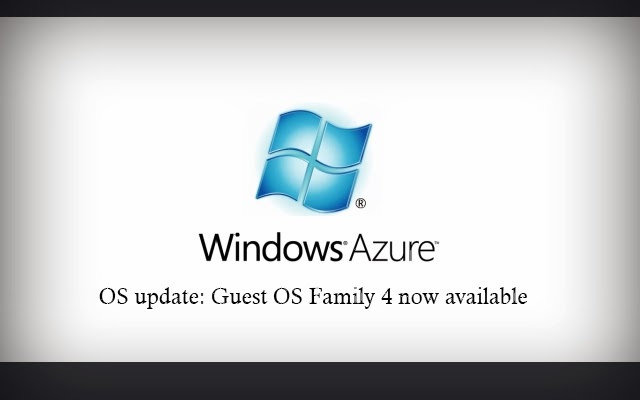Windows
Azure is a platform for internet scale computing and services and it is
hosted in the Microsoft data centers. This includes various features
including corresponding developer services that can be used together or
individually. This flexible as well as open cloud platform enables you
to quickly deploy, build or manage applications throughout the global
network of data centers managed by Microsoft. You can easily build
applications using any tool, language or framework. Hence, now with
latest updates, integrating your public cloud application with the
existing IT environment becomes easier.
Advantages of Windows Azure Cloud Services
- Windows Azure provides an on-demand infrastructure which adapts and scales to your ever-changing business needs. Whether it is about running existing applications or creating new applications, it offers best-in-class price performance with end-to-end support.
- Windows Azure Cloud Services (Worker or Web Platform/Roles as a Service), help developers easily deploy or manage application services to delegate the manage underlying Software System and Role Instances to the Windows Azure Platform.
Guest OS Versions: Future, Present and Transitional
- This area lists the presently supported Guest OS versions. Guest OS versions as well as families with an official expiry date are reasoned "in transition". These are still backed up until the expiration date gets recorded in the table. The authorized expiration date is when any version will be removed from a system. If Cloud Services still run on any version when it expires, the same will be instantly stopped or deleted. It can also be force upgraded to a newer version counting on the support status as well as different other policies.
- Guest OS family 4 has substantial compatibility with Windows-Server 2012 R2. This version also supports the .NET Structure 4.0, 4.5 as well as 4.5.1.
- The family 3 is substantially congenial with Windows-Server 2012 and hence it supports the .NET Framework 4.5 as well as 4.0.
- Guest OS family 2 is considerably congenial with Windows-Server 2008 R2 SP1. It supports the 3.5 and 4.0 .NET Framework.
- The family 1 is considerably compatible with Windows-Server 2008 SP2. It supports the 3.5 and 4.0 .NET Framework but does not support 4.5 or later version.
Technical Facts about Guest OS Family
The Guest OS version refers to a fundamental Windows Server Operating System version which is applied in Windows Azure Cloud Services. This
family is based on released Microsoft Windows versions. These are the
underlying operating system which Cloud Services run on. Each Operating
System contains a version, family and release. This family often refers
to a Windows OS release which a Guest operating system is based on. For
instance, family 3 is based on Windows Server 2012.
This
version is a family system software image along with particular MSRC
(Microsoft Security Response Center) patches available just after the
new version is produced. All patches may not be included. A number
starts at 0 while incrementing by 1 every time latest updates are added.
If necessary, trailing zeros are only displayed. The 2.10 version is
different and much later version as compared to version 2.1.
A
"Guest Operating System release" always includes at least the same base
image along with a set of MSRC patches as earlier releases. In some
cases, one or two additional patches may be added. The latest release
always supersedes any previous releases. A re-release often occurs if
issues that crop up during testing necessitate it. The current release
is meant to supersede any previous releases. It always testifies to the
fact that if release 3 is out, you being a customer will not be able to
choose release 1 or 2 of the same operating system version.
You can hire developers from top ASP.Net web development companies in India who can help you build web apps within allocated budgets and time schedules.
We provide .Net development services. If you would like to speak to one of our expert ASP.NET developers, please contact us at Mindfire Solutions.









